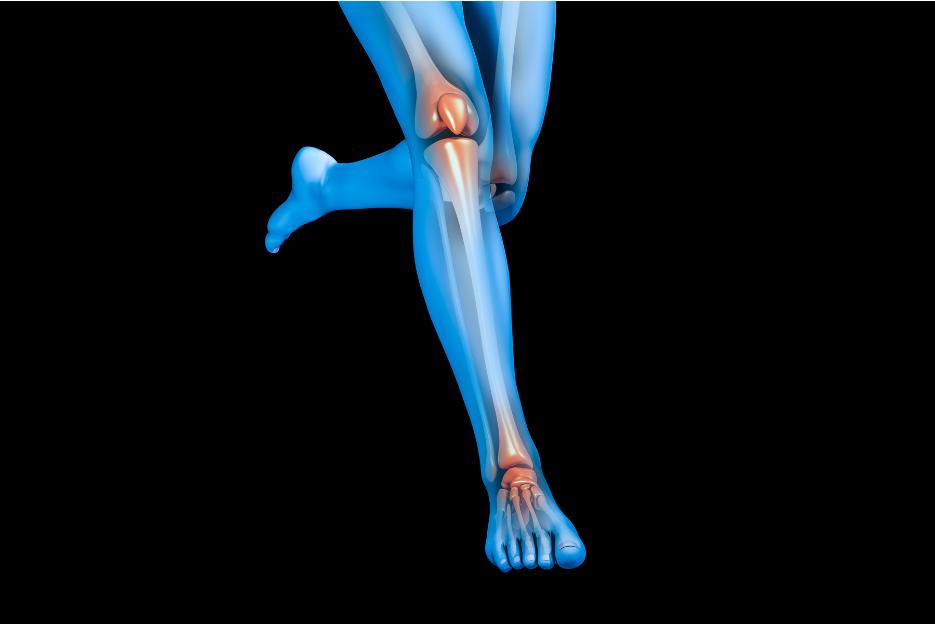Compartment Syndrome Causes & Treatment
Background

Table of Contents
Acute Compartment Syndrome
Acute compartment syndrome typically results from trauma or injury, such as a car accident or severe sporting incident. The trauma causes bleeding within a muscle compartment, and due to the confined space within the fascia, the blood cannot effectively escape. This leads to a rapid rise in pressure, which compresses nerves and arteries, causing intense pain. Compressed nerves can result in muscle weakness, dysfunction, and altered sensation, while compressed arteries prevent blood and oxygen from reaching the cells. Without prompt treatment, this can lead to cell death and permanent damage, which is why acute compartment syndrome is considered a medical emergency.
Visit Us Today
Hope Island
Phone: 07 5510 9222
Located within Hope Island Marketplace Medical & Skin Clinic, 99-103 Broadwater Ave Hope Island QLD 4212
Jimboomba
Phone: 07 5546 9766
Located Within Jimboomba Medical Centre, Unit 1/69 Cerina Cct, Jimboomba QLD 4280
Beenleigh
Phone: 07 3287 2224
Located Within Beenleigh Mall Medical Centre, Shop24A, 40/68 Main Street, Beenleigh QLD 4207
Eagleby
Phone: 07 2889 1666
Located Within Eagleby Family Practice, 5/120 River Hills Rd, Eagleby QLD 4207
Harristown
Phone: 07 4635 6111
Located Within Toowoomba Medical Centre, 146 Drayton Road, Harristown QLD 4350
Marsden
Phone: 07 3067 2370
Located Within Marsden Family Doctors, Shop 28/55-77 Chambers Flat Rd, Marsden QLD 4132
Keperra
Phone: 07 3355 4082
Located Within Keperra Medical Clinic, 14 Dallas Parade Keperra QLD 4054
Coomera
Phone: 07 5573 5663
Located Within Doctors @ Coomera Central, Shop 6, 21 Coomera Grand Drive, Upper Coomera, QLD 4209
Newtown
Phone: 07 4633 8700
Located Within Ochre Medical Centre Wyalla, Shop 20, 238 Taylor Street, Newtown QLD 4350
Chronic Exertional Compartment Syndrome
Chronic exertional compartment syndrome (CECS) is the second type of compartment syndrome and is far more common than the acute form. While it isn’t a medical emergency, it can occur repeatedly, making treatment essential for prevention and long-term management.
CECS typically develops due to strenuous exercise. Increased blood flow during activity causes the muscles to expand temporarily, resulting in a painful rise in pressure within a compartment. This condition can affect one or both legs but is more common in the leading leg (the one bearing more stress, such as stepping up). The anterior (front) compartment of the leg is most frequently affected, which often leads to confusion with conditions like shin splints or stress fractures. A key diagnostic indicator is the timing of symptoms, which usually appear about 30 minutes into intense exercise like running.
Symptoms include increasing pain during exercise that may force you to stop, along with numbness, tingling, burning sensations, or pins and needles if nerves are compressed. You might also experience weakness, particularly in lifting your toes towards the sky (dorsiflexion). Fortunately, CECS symptoms generally subside after stopping exercise and when blood flow returns to normal resting levels.
Treating Compartment Syndrome
While acute compartment syndrome requires urgent surgical intervention to relieve the pressure and prevent permanent damage, chronic exertional compartment syndrome (CECS) can often be managed effectively by addressing the underlying causes. Our team takes a tailored approach to each case, conducting a thorough assessment of your foot and leg biomechanics, gait, training routines, and footwear. Management strategies may include:
- Adjusting your training schedule or technique, including changes to the running surface where relevant.
- Gait retraining to improve movement patterns and reduce stress on the affected compartments.
- Custom foot orthotics to modify muscle function in the feet and legs, reducing strain and improving biomechanics.
- Footwear assessment to ensure your shoes support healthy foot function and don’t contribute to CECS symptoms.
Until you can consult your podiatrist, it’s important to avoid activities that trigger symptoms to prevent exacerbating the condition.
Enquire Now
Not The Condition You Are Looking For?
Find out more about the conditions we treat by clicking below.
